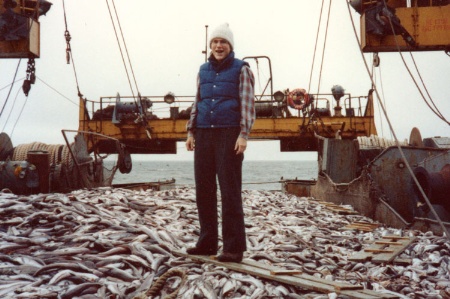Academics are sometimes accused of being disconnected from the real world: stuck in their ivory towers without any real sense of what life is like outside the academy.
This is not a charge that could be levelled at Barbara Oakley, professor of engineering at Oakland University in Michigan, whose desire to learn a language after high school led her to follow an unusual route into academia – and who has since developed one of the world’s most successful online courses.
“There was one way to learn a language well and get paid for it, and that was to enlist in the Army,” she told Times Higher Education. “I enlisted right out of high school, and got an in-service scholarship to go to the University of Washington to get a degree in Slavic languages and literature.”
She climbed the ranks in the US Army, carrying out engineering work that involved installing cable and switchboard systems – no mean feat for someone who had “flunked” her way through science and maths while at school.
“I didn’t know what I was doing,” Professor Oakley recalled. But the skills her colleagues demonstrated inspired her to start thinking about the ways people learn.
“I got out of the service at 26, and there aren’t a lot of doors open for people with a degree in Slavic languages and literature,” Professor Oakley continued. “I got this oddball job working as a translator on Soviet trawlers on the Bering Sea. We just drank and translated. I can still swear quite nicely in Russian.”
Professor Oakley decided to return to academia and confront her fears about learning science, technology, engineering and mathematics subjects. She “retrained her brain” and gained a degree in electrical engineering from the University of Washington and, ultimately, a PhD in systems engineering from Oakland.

Last year, working with neurobiologist Terrence Sejnowski, she co-developed a Mooc called Learning How to Learn. Half a million people took the course the first three times it ran on the US platform Coursera, she said. The secret to its success was not its production values (it was filmed in her basement), but its effectiveness in communicating learning techniques – something she felt had been lost elsewhere.
Professor Oakley explained: “There is this feeling that we should make math and science [at school] fun, because we want them to go into it. And then what happens is that students hit university and it’s like the math and science death march, and they fall right off.”
There is a need in the teaching of STEM, she said, to encourage “procedural fluency” – the use of repetition to understand processes.
“You would never say to someone learning the piano, ‘Practice is going to kill your creativity’. But when it comes to math and science…it is somehow thought to be very different, and it’s not.”
Professor Oakley believes that there is much that online learning can offer students – despite some academics’ fears that it could end up taking their jobs.
“Half of all professors, by definition, are going to be below average in how they teach,” she said. “When people say [teaching] is so much better face to face, they are thinking of the best face-to-face teachers, not the really bad ones – of which there are a lot.” Online courses, she added, could put “really inspiring” lecturers in front of more students.
Register to continue
Why register?
- Registration is free and only takes a moment
- Once registered, you can read 3 articles a month
- Sign up for our newsletter
Subscribe
Or subscribe for unlimited access to:
- Unlimited access to news, views, insights & reviews
- Digital editions
- Digital access to THE’s university and college rankings analysis
Already registered or a current subscriber?

